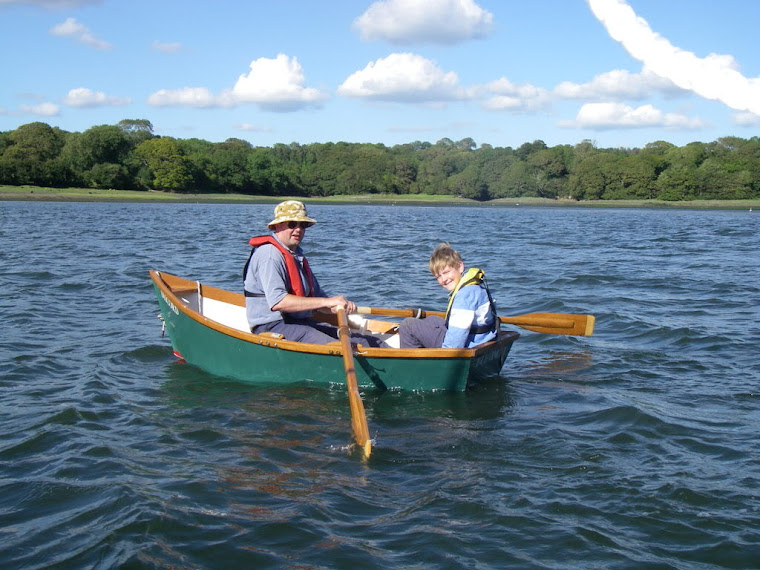Cleaning epoxy from paint brushes can be a nightmare and usually is. In the past, I have generally used cheap-as-chips brushes on a single use basis. This always irked me, as it seemed really wasteful. Not having an easy source of acetone or other chemical cleaners, I tried the vinegar trick using the cheapest distilled grain vinegar I could find:
This stuff is £0.48 a litre at the local supermarket.
However, I never seemed to get more than 2 or 3 uses out of a brush - which admittedly was an improvement on single use. Trial and error has now got me to a position where I can re-use brushes seemingly indefinitely. Top tips:
- Use artificial (nylon) bristle brushes
- These must be brand new and not have been used for any other painting or varnishing - however well you think you have cleaned them
- Brush, squeeze and wipe out a much epoxy as possible from the bristles when you have finished using the brush
- Immerse it in clean vinegar up to well over the top of the metal ferrule and give it a really good swoosh about
- Leave it to soak (stirring once in a while) for about 24 hours; not longer than 48 hours
- Wash it out in warm water using washing-up liquid neat as the brush cleaner
- Don't re-use the vinegar; dispose of it and wash out the pot with plently of warm water and washing-up liquid.
- Make sure that the brush is completely dry before the next use














